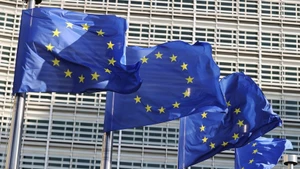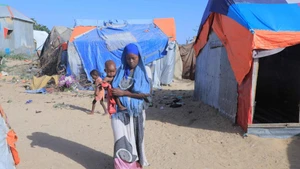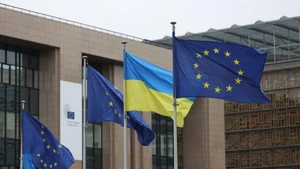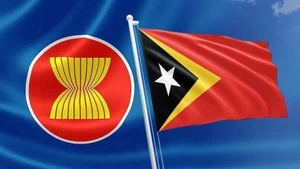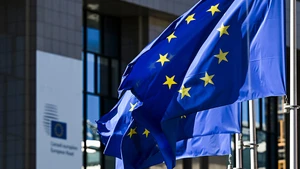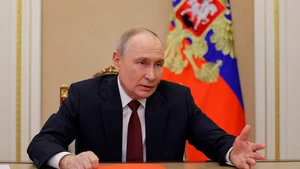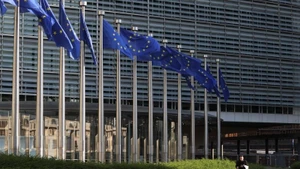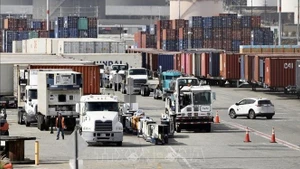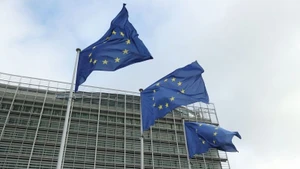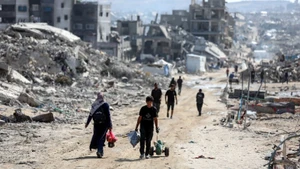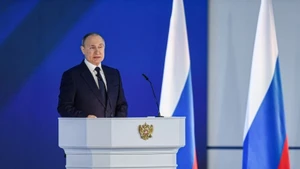While the proposal has generated international hope and received praise from several governments, it also faces considerable scepticism regarding its feasibility and the likelihood of consensus among the parties involved.
Centred on three core pillars—hostage and prisoner exchanges, the establishment of a transitional government, and humanitarian aid and reconstruction—the plan is viewed by observers as one of the most comprehensive efforts the US has ever advanced in relation to the Middle East.
Although elements such as hostage exchanges and humanitarian assistance have been previously negotiated, the plan’s explicit reference to “self-determination” and the “State of Palestine” marks a notable shift. Although it does not formally recognise the State of Palestine, the US acknowledges that the establishment of a Palestinian state is a desire of the Palestinian people.
The plan is viewed by observers as one of the most comprehensive efforts the US has ever advanced in relation to the Middle East.
Structured in multiple phases, President Trump’s proposal has garnered support from various international actors.
Unlike previous initiatives focused primarily on military solutions, this plan integrates security, humanitarian, and political dimensions.
The Palestinian administration welcomed the effort and reaffirmed its commitment to cooperation in ending the violence. Israel, while expressing general support, noted that the specifics of its military withdrawal from Gaza require further clarification.
Should the initiative succeed in securing an agreement to end the war—which has devastated Gaza for nearly two years—it would represent a significant diplomatic achievement for President Trump and reinforce US influence in the Middle East region.
A key feature of the plan is the creation of a temporary technocratic Palestinian committee to govern Gaza, overseen by an international “Board of Peace” chaired by President Trump himself.
Nonetheless, analysts caution that the plan leaves several critical questions unanswered, and its implementation remains uncertain.
One major question is: who will govern and administer Gaza in the post-conflict period? The plan mentions forming a Palestinian technocratic committee and a ‘Board of Peace’ but does not specify how members will be selected.
The plan represents a significant diplomatic achievement for President Trump and reinforce US influence in the Middle East region.
The plan also calls for the deployment of an International Stabilisation Force, coordinated by the US and Arab partners, to support Palestinian police units. However, concerns persist over which countries will contribute troops and how the force would operate should hostilities between Israel and Hamas resume.
Consensus among stakeholders remains elusive. The plan includes provisions seen as more favourable to Israel, such as the exclusion of Hamas from future governance and a requirement for its disarmament. Hamas is unlikely to accept these terms, particularly the loss of power in Gaza.
Ilan Goldenberg, a former senior White House advisor, warned that the most perilous scenario would be both sides agreeing “in principle” but stalling over details while the conflict continues.
Numerous countries have expressed approval of Trump’s peace plan and committed to close cooperation to break the deadlock in the protracted Gaza conflict.
Nevertheless, past “missed opportunities” for peace—when negotiations failed due to lack of trust or perceived unfairness in implementation—have made public reaction more cautious regarding the prospects for this initiative’s success.


